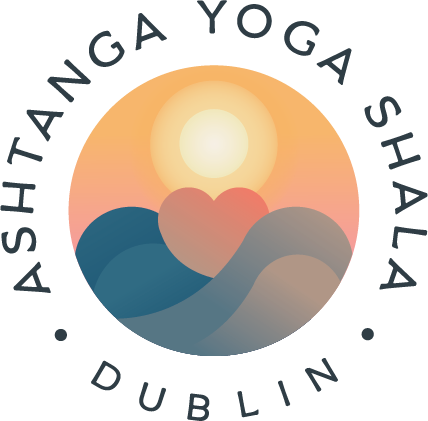A great question
Those of you who come to the shala regularly will know Joanne. She's there a lot, and she's very chatty!Anyway I love the way Joanne thinks about the practice, and about life in general, and she asked this great question just before we went on our retreat last weekend:
"Whilst struggling with marichasana A Suzanne said to me, "this is preparation for putting your leg behind your head". Since then I've been asking myself, why on earth does one need to be able to put their leg behind their head?"
Before you read on, I'd like you just to have a think about that. It's easy to get so caught up in this ashtanga yoga practice that we stop questioning it at all. You might think to yourself, "well it's so that you can do supta kurmasana when you get to it" or "it opens up your hips".
But that doesn't answer the question really. It just creates another question: "why do you want to open up your hips?" for example.
We could ask a similar question about every yoga posture really, and the range of answers from most people would be the same: So that you can do the next posture , or so that you can lengthen the hamstrings/open the hips/build more strength etc.
But doing the next posture isn't really the point of yoga practice. Neither is lengthening the hamstrings or making your back more flexible. Not really anyway. Not really really.
Patanjali is very clear right at the beginning of the yoga sutras. In the second sutra he says:
"Yogaś citta vṛtti nirodhaḥ"
Yoga is the stilling of the mind
So, in that context why would we want to get our leg behind our head?
Because it takes such a monumental effort of concentration (it's not something one does absent-mindedly is it!) that we have the potential, in that moment, to come closer to stilling our minds than ever before.
The same applies to every other posture. And that is why, as one posture starts to become easy we are given the next challenge along the road. The postures are simply tools that we can use to still our minds. When this becomes our focus it all starts to make more sense.
So go forth and be still!
Thanks Joanne.
